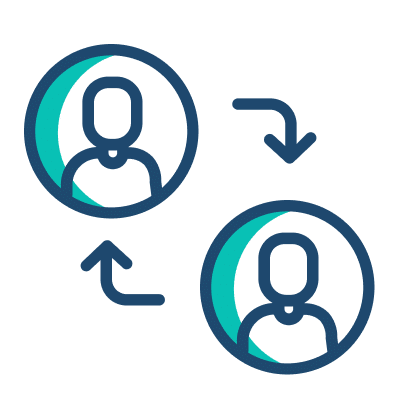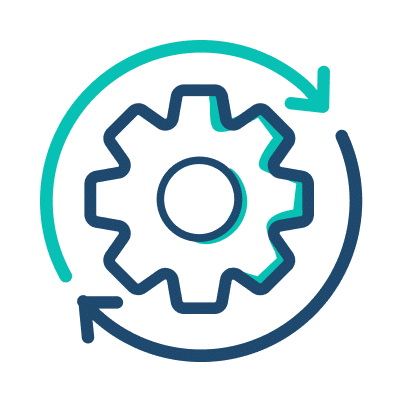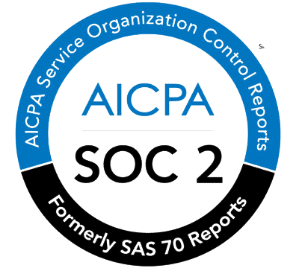Estate planning has evolved from a niche legal service into a cornerstone of holistic financial advising.
As your financial planning clients increasingly seek guidance on how to protect their assets, minimize taxes, and ensure their legacy, financial professionals must keep stepping up to offer estate planning as part of their value proposition.
But with various types of software on the market, choosing the right one can feel overwhelming.
- Estate planning software should not only generate wills, but it must also integrate with the rest of your services that enhance client needs and streamline planning operations.
- From solo advisors to large financial firms, the ideal software varies based on complexity, collaboration needs, and integration preferences.
- Offering estate planning support helps planners deliver holistic, personalized advice that builds trust and distinguishes their services.
As a financial planner, you have a vast array of software tools at your disposal, but your success depends on choosing one that empowers your firm to scale, adapt, and serve clients with precision.
Whether you’re organizing estate planning documents for high-net-worth families or mapping out long-term legacy goals, the right software should support both legal compliance and strategic coordination across your entire estate planning process.
The following guide will break down what financial planners need to know about estate planning services and how to find the right tool to fit in seamlessly with your financial practice.
Why Estate Planning Software Matters for Financial Planners
Estate planning isn’t just about drafting wills and trusts.
It’s also about integrating these legal estate planning documents with the rest of your clients’ financial strategies.
The right estate planning platform will help a financial planner to:Whether you’re a solo advisor or part of a large financial firm, estate planning software can elevate your service offerings and deepen your client relationships.
Efficiency Meets Value in Financial Planning
Holistiplan bridges the gap between speed and quality, helping advisors like you deliver greater value to every client
Comprehensive Estate Planning: Key Features to Look For
No matter what type of software you are researching for your financial firm, there’s a good chance that it won’t check every box out of the gate.
That’s why it’s crucial to know exactly what features matter most when it comes to delivering secure, personalized, and compliant estate planning services.Here are the key capabilities you should look for when choosing the best estate planning software for your firm:
Secure Document Management
While most clients will rely on estate planning attorneys to draft and finalize their wills and trusts with their own document creation tools, financial advisors are often tasked with the job of storing these documents and integrating them into their client’s broader financial plan.
This means advisors must understand not only the contents of key estate planning documents — such as wills, trusts, powers of attorney, and healthcare directives — but also how these legal instructions impact investment strategy, retirement goals, insurance coverage, and tax efficiency.
The right estate planning software should offer encrypted storage and customizable client permissions to protect sensitive estate data.

Integration with Financial Planning Tools
Estate planning tools should sync seamlessly with your firm’s CRM, financial asset platforms, and portfolio tracking systems.
This integration allows financial professionals to maintain consistency across tools and workflows. It’s especially effective when compatible with popular platforms like eMoney, RightCapital, and Holistiplan.
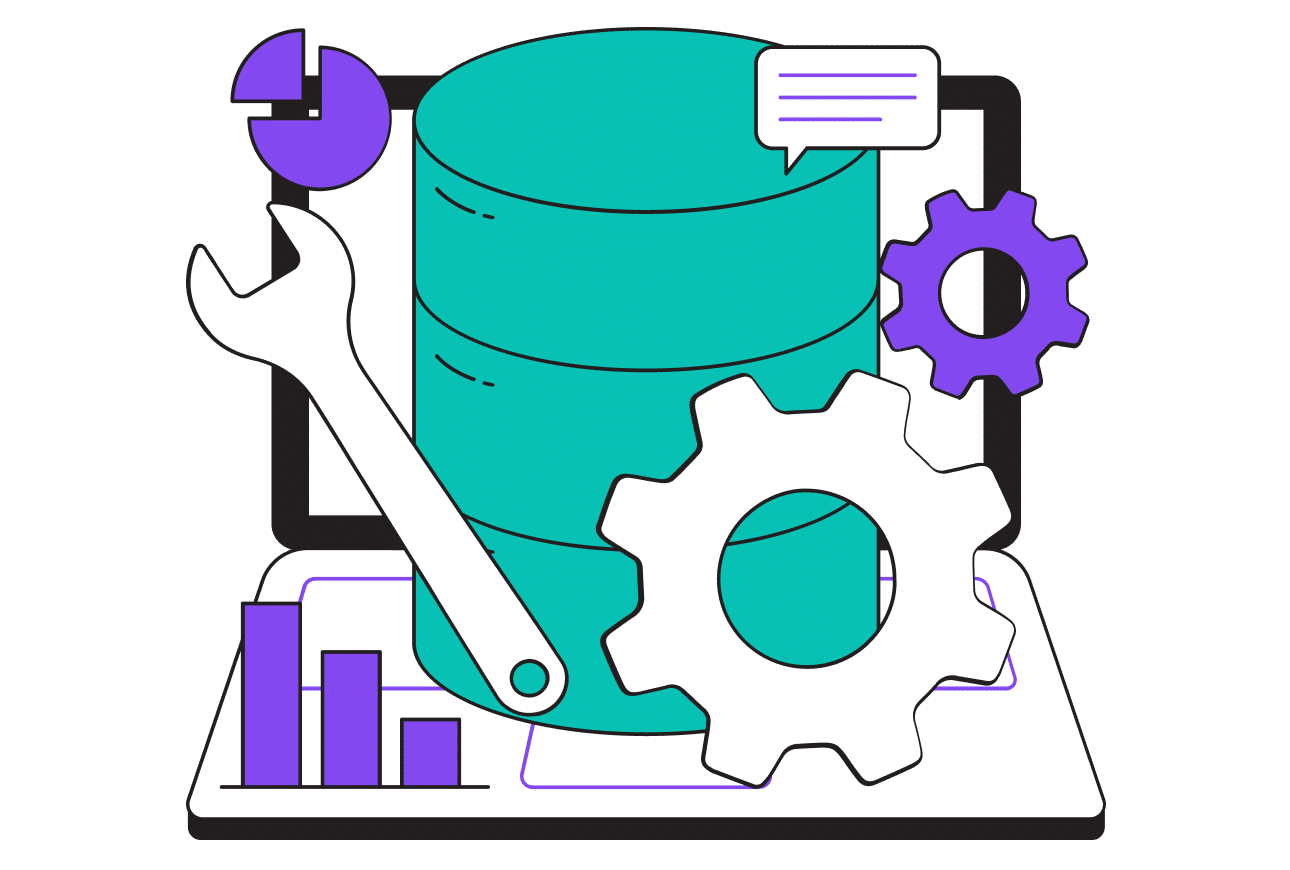
Visual Mapping & Scenario Modeling
Visual flowcharts and diagrams make it easier to understand complex estate structures and distribution paths.
Real-time scenario modeling helps financial planners illustrate tax outcomes, inheritance strategies, and gifting programs to clients. These interactive visuals can also enhance client education and decision-making during meetings.

Collaboration & Client Engagement
The estate planning software you choose should include client-friendly portals and dashboards that promote transparency and communication.
Advisors must be able to securely share client data and documents with their clients as well as their estate attorneys for review and edits. Look for tools that produce reports that are easy for clients and law firms to understand.
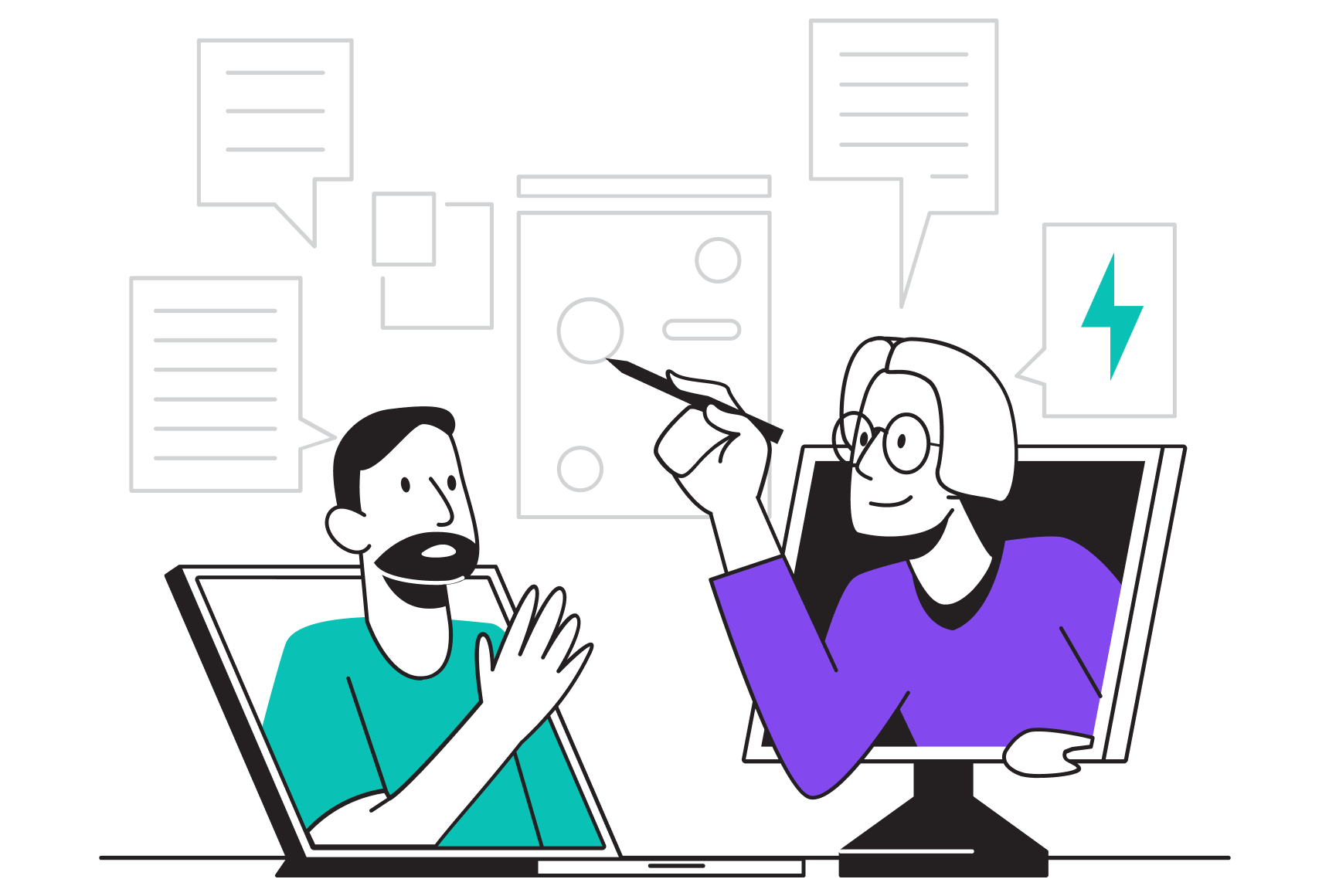
Strategic Planning Capabilities
Estate planning software should include calculators and tools for modeling estate taxes and structuring trusts.
It must also support the management of life insurance policies, beneficiary designations, and gifting strategies. These features help financial planners craft personalized, forward-looking plans that reflect the goals and circumstances of both advisors and clients alike.
Firms seeking flexibility should consider adaptable software for estate planning to handle diverse and changing client needs.
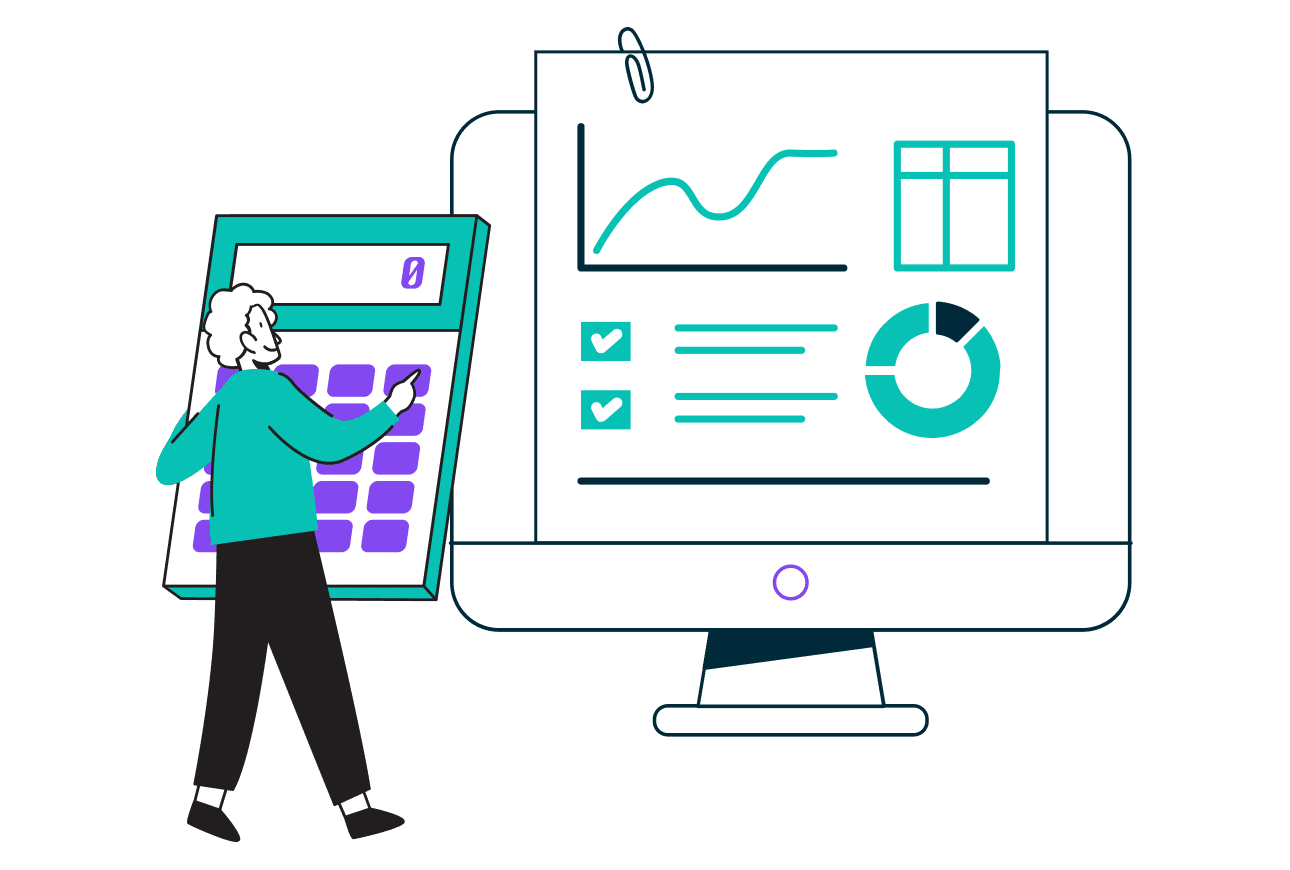
Robust strategic planning capabilities also ensure that all decisions made during document drafting are based on data-driven insights, reducing the risk of oversights and creating opportunities for smarter tax positioning, generational wealth transfers, and philanthropic giving.
Elevate Your Practice with Holistiplan
Holistiplan is trusted by thousands of advisors to deliver faster, more valuable financial plans. Start your free 7-day trial and see the difference for yourself
Get Started TodayStrategic Benefits of Estate Planning Software
Beyond document creation, estate planning software helps financial planners:
1. Prospect New Clients
Estate planning is a powerful entry point for new client communication. Offering visual tools and personalized guidance services can differentiate your firm from others and build trust quickly.

2. Deepen Existing Relationships
Estate planning requires a full view of a client’s assets, goals, and family dynamics. This opens doors to managing more of their portfolio and offering long-term guidance, thus increasing client satisfaction for the long term.

3. Scale Your Services
The right software can automate repetitive tasks, allowing you to serve more clients without sacrificing quality. This is especially valuable for firms looking to grow or expand into new markets.

Buyer Beware: Common Estate Planning Pitfalls to Avoid
When you are evaluating estate planning software, there are certain features you’ll want to look for in order to create solid estate management within your firm.
That said, there are also certain things it’s best you avoid.
Here are some estate planning software features that are best to steer clear of:
In short, while many tools promise efficiency and affordability, estate planners must look beyond surface-level features.Choose software that delivers not just legal compliance and data protection, but also strategic coordination and seamless collaboration.
Choose Software That Grows With You…Choose Holistiplan
As estate planning becomes an essential part of comprehensive financial advising, financial planners need tools that go beyond basic document creation.
Holistiplan is the complete estate planning solution that delivers exactly that, combining accuracy, collaboration, and strategic foresight into one streamlined platform.
With intuitive features like dynamic estate flowcharts, tax scenario modeling, secure document storage, and real-time beneficiary coordination, Holistiplan empowers advisors to align estate plans with their clients’ overall financial vision.
The right software doesn’t just support your practice — it can actually transform it.

Are you ready to explore the possibilities? Holistiplan is here to show you how.
You can also explore Estate Planning Wills & Trusts Software Free to compare features and find tools that match your firm’s unique needs.
Built by CFP® Professionals,
for CFP® Professionals
Holistiplan was designed by experienced advisors Roger and Kevin to streamline your financial planning process. Achieve more for your clients in less time
Start Your Free 7-Day Trial

